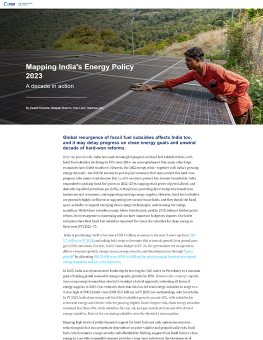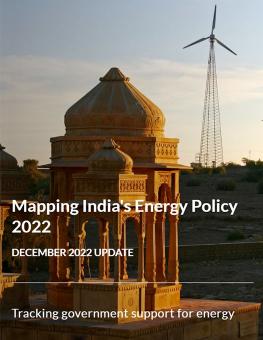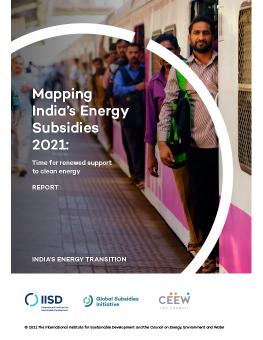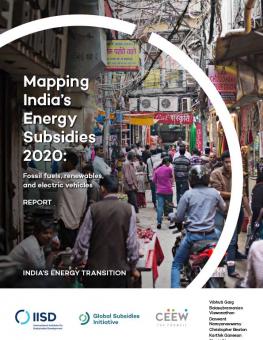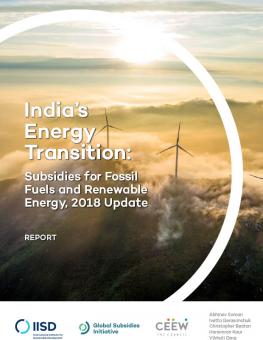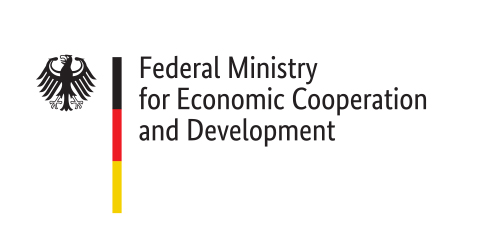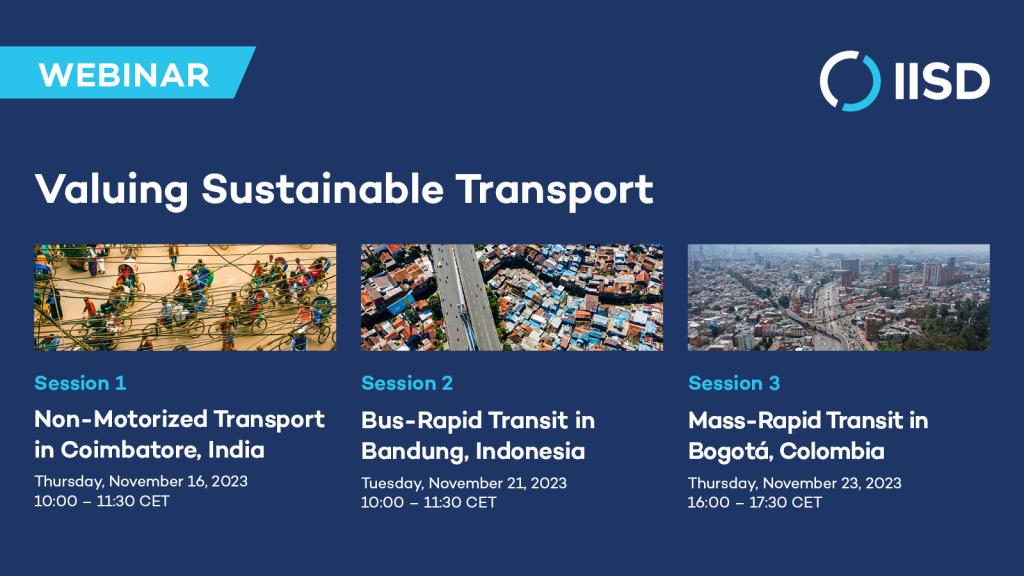
State of the Sector: Critical energy transition minerals for India
Volumes I and II
As the world shifts toward sustainable development, securing a reliable supply of critical energy transition materials (CETMs) has never been more vital and essential for renewable energy technologies. Like most progressive nations, India has embarked on several low-carbon technology initiatives and has committed to achieving net-zero emissions by 2070, which necessitates a responsible and reliable value chain of CETMs.
Recommendations
-
Promote domestic mineral exploration and processing through advancing technology, incentivizing mineral exploration in India, extending the Composite Licence regime, increasing the ambit of the National Mineral Exploration Trust, and improving domestic processing capabilities.
-
Promote international co-operation by developing overseas resources, stockpiling minerals, standardizing contracts, and strengthening international diplomacy.
-
Conduct regular assessments of the CETM sector by assessing and updating the critical minerals list, evaluating vulnerabilities, and supporting the development of a critical demand estimation model for India.
-
Encourage recycling and circularity by providing incentives, including the informal sector, establishing Resource Recovery Parks, implementing circular economy and indigenization initiatives, streamlining recycling processes, and advancing recycling technologies.
This report underscores the need for a comprehensive strategy to ensure a reliable supply of CETMs for India's clean energy and low-carbon technology initiatives. It aims to develop a detailed understanding of CETMs, fostering a richer dialogue around this crucial agenda.
The report explores various strategies for securing these essential materials, offering valuable insights into the CETM value chain—from exploration and extraction to processing and recycling. It also addresses the geopolitical, environmental, and social dimensions associated with CETM security. The report’s recommendations aim to inform policy stakeholders and accelerate the creation of resilient and sustainable supply chains for these minerals.
This report is published with permission from the copyright holders.


